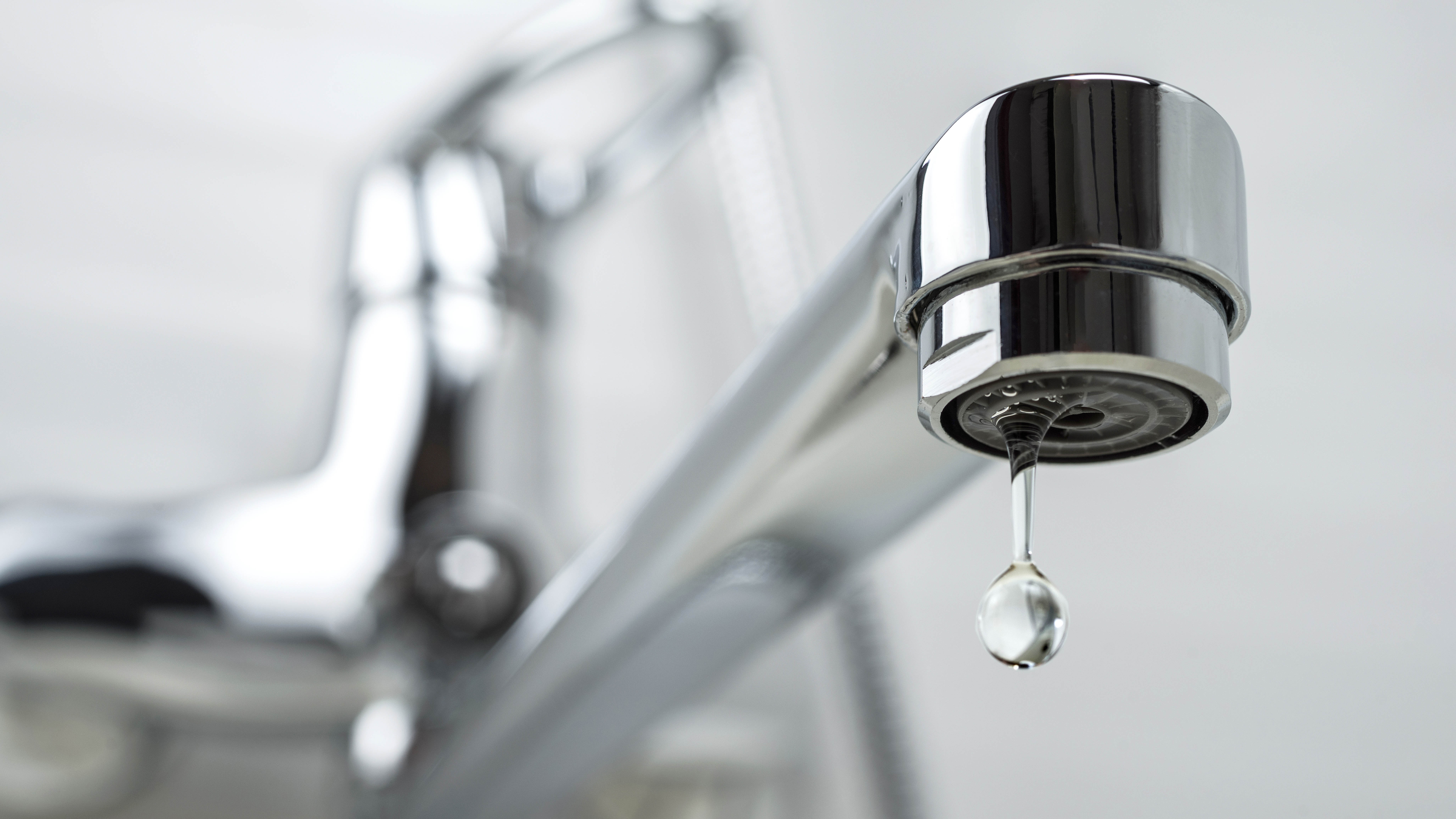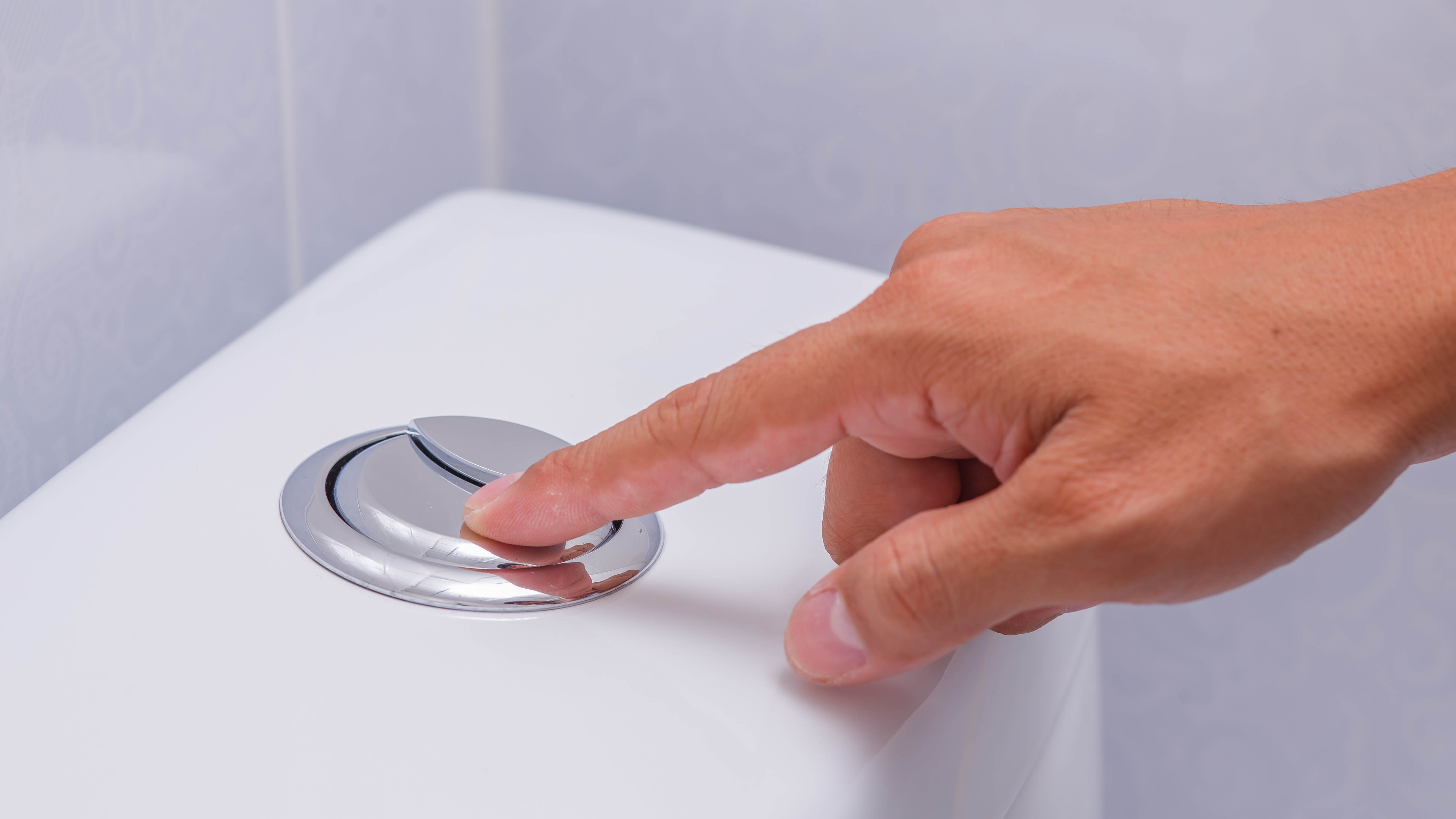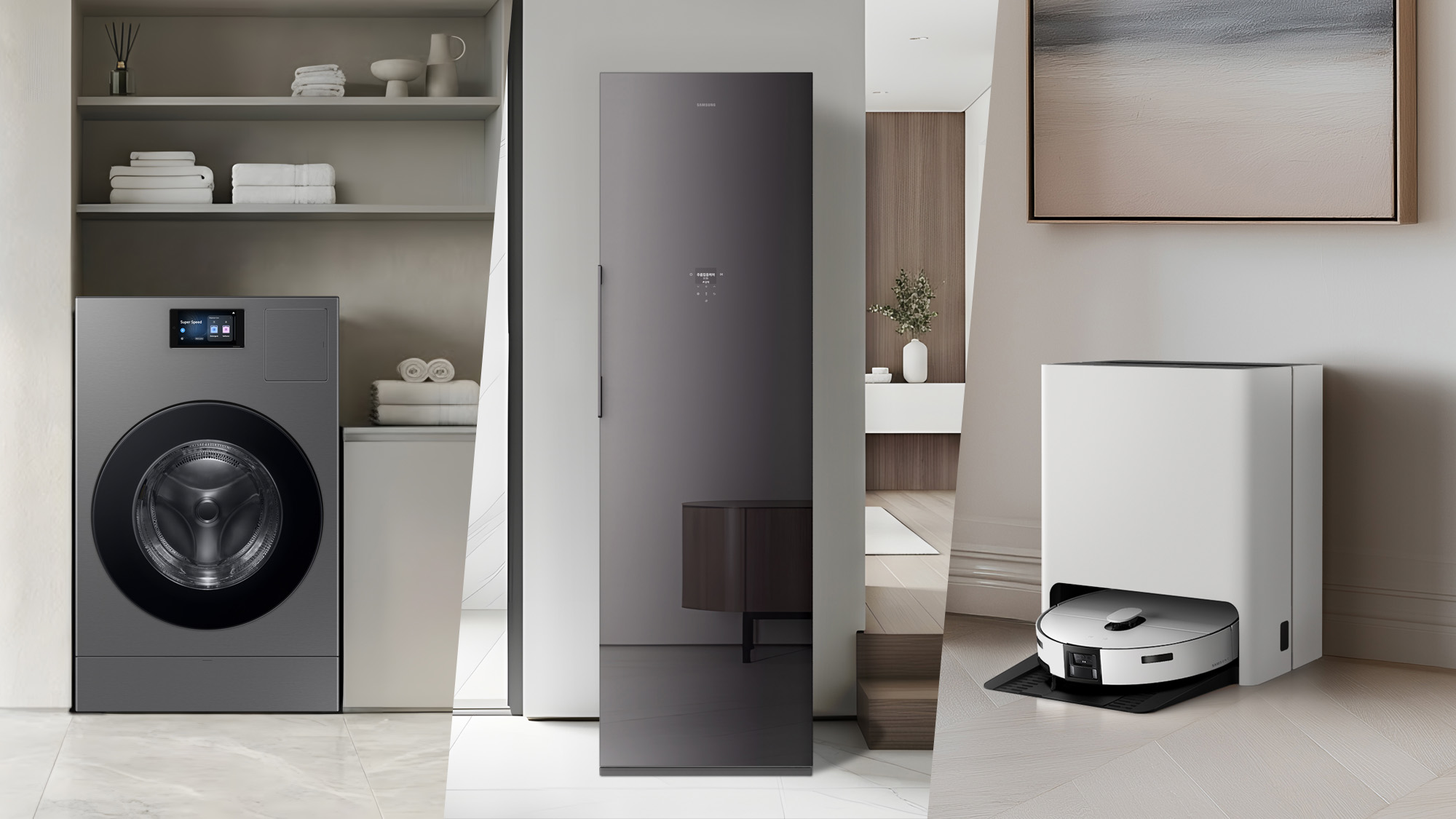9 ways you could be wasting water and not know it
Here’s how you could be wasting water around your home

As summer’s in full swing, complete with heatwaves and packed beaches, we rely on our water more than any other time of year. Not just for staying hydrated — our homes will generally demand more water, too. Irrigation systems need to run more regularly to keep our lawns flourishing, the showers will be used more frequently and even icy drinks will have a part to play.
The problem is that this can result in steep water bills. And considering we’re all trying to find ways to save money this summer, whether it's through lowering our energy bills or learning how to make your own laundry detergent, that’s not ideal.
The good news is that those bills need not be so steep. In fact, there are ways in which you could be wasting water around the home and not know it — and here they are.
1. Wasting gray water

Just because you’ve used your water doesn’t mean it has to go to waste. Gray water refers to water which has already served its purpose, such as shower water, cooking water or even the water you use to rinse your vegetables.
Collect this water where you can, rather than letting it drain, and use it in areas where the freshness of the water doesn’t matter so much. For instance, you could use it to water your yard or your indoor plants.
2. Leaving the water running

It’s all too easy to leave the faucet or shower running without actually using it. That sounds insane, but have you ever brushed your teeth while the tap continues to run? Or left the shower to heat up while you check on something in another room? It’s something a lot of us do, and it wastes so much water.
Try to get in the habit of switching the faucet on and off during use and reducing the flow of the water if you can. Keep an eye on the shower while it heats up, too. Test it with your hand or foot and jump in as soon as it’s ready rather than leaving it until you assume it’s up to temperature.
Get instant access to breaking news, the hottest reviews, great deals and helpful tips.
3. Not using rain water

That’s right, even rain water can help you save on your water bills and not just by lending a hand to your irrigation system. You can catch the rain water collected by your gutters using a rain barrel such as the RTS Home Accents Polyethylene 50 Gallon Flat Back Eco Rain Barrel ($211, Amazon).
Once filled, you’ve got a primary source of water for your yard and plants. Just be sure to fish out any rogue leaves as it fills. According to the NAAEE, you can also use rainwater to wash your vehicle, refill fountains and ponds, or even to do laundry.
4. Half-loading your washing machine

Even if you’ve got one of the best washing machines, filling it below full capacity will only be wasting water. That’s because you will technically need to run more loads to complete the same amount of laundry. It’s also because most washers will not adjust the water usage based on capacity, so sadly it will use the same amount as if it were full.
For that reason, you should only run your washer when the drum is filled (but not overloaded, otherwise it won’t spin). You should also take advantage of the eco setting where you can, to use less water. If you want to get the most out of your washer, check out how to make your washing machine last longer and need fewer repairs.
5. Washing by hand rather than using the dishwasher

Dishwashers aren’t just convenient to use, they’re actually far more sustainable compared to washing by hand. The best dishwashers will use less water and provide a more hygienic wash versus manually cleaning the dishes. On top of that, they will save you time too.
Just remember that the dishwasher will need to be loaded to full capacity to make the most of the benefits. Plus, they need to be loaded correctly, otherwise the cycle could be ruined. Remember not to rinse the plates before you load them either — it’s unnecessary and will only waste water.
6. Dripping taps and leaky pipes

This is a common reason for high water bills. A dripping tap might not seem like it’s wasting a lot of water, but if you add up what it’s losing over days, weeks and even months, you would be surprised by the number of gallons that have gone down the drain. Leaky pipes are just as bad, and as you can’t see them, the effects can go unnoticed for years.
If you know you’ve got a dripping tap, check out our guide on how to fix a leaky bathtub faucet, or call in a professional if you’d rather not tackle it yourself. You can also invest in one of the best water leak detectors to check the pipes around your home. If you find a leak, get it sorted asap to lower your water bills.
7. Emptying out your water bottle

If you’ve been out for a jog or you’ve come back from work with your trusted water bottle, don’t just tip what remains down the drain. Repurpose the water and use it in your garden or around your home.
The same goes for any stagnant water sitting in your best electric kettle. Don’t just tip it away because there’s limescale floating in it — use it to feed your plants (although you should check out how to descale a kettle to get rid of this problem).
8. Flushing the toilet unnecessarily

If you’ve thrown a single tissue down the toilet, it’s really not worth flushing it. Every time you flush the toilet, you could be using up to 1.6 gallons per flush, although recent advancements allow some toilets to use as little as 1.28 gallons according to the EPA.
Only flush the toilet when necessary and use the low-flush mode, if you have one, which uses less power and water.
9. Overusing the humidifier

If you’re experiencing a dry heat, it can be all too easy to rely on a humidifier to make the environment more comfortable. The problem is, humidifiers disperse water at quite a high rate, with some needing their tanks changed daily. And if you leave your humidifier running for longer than necessary, you could be wasting water as well as causing potential damage to your home.
Excess humidity can lead to mold, mildew and damage the wallpaper as well as furniture. Before you know it, you will be relying on one of the best dehumidifiers to counter the effects. Only use a humidifier when necessary and switch it off when it’s not needed. You could also use one with a sensor so you can set the desired humidity level.
For more saving tips, learn how to make your own DIY household cleaner and save money, how to make your old iPhone last longer, how to make your washing machine last longer and need fewer repairs, how to make your laundry more eco-friendly, 11 easy household tips to save you money and how to make your own laundry detergent.

Katie Mortram used to be a Homes Editor for Tom's Guide, where she oversaw everything from kitchen appliances to gardening tools, as well as smart home tech. Specializing in providing expert advice for cleaning and home manintenance, she now works as Household Advice Editor for Good Housekeeping.
